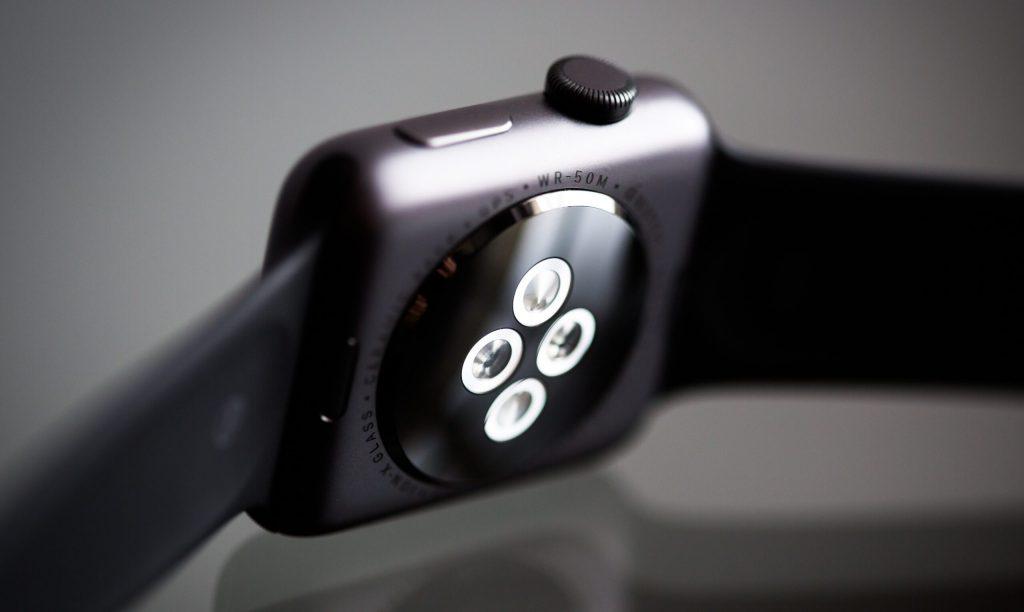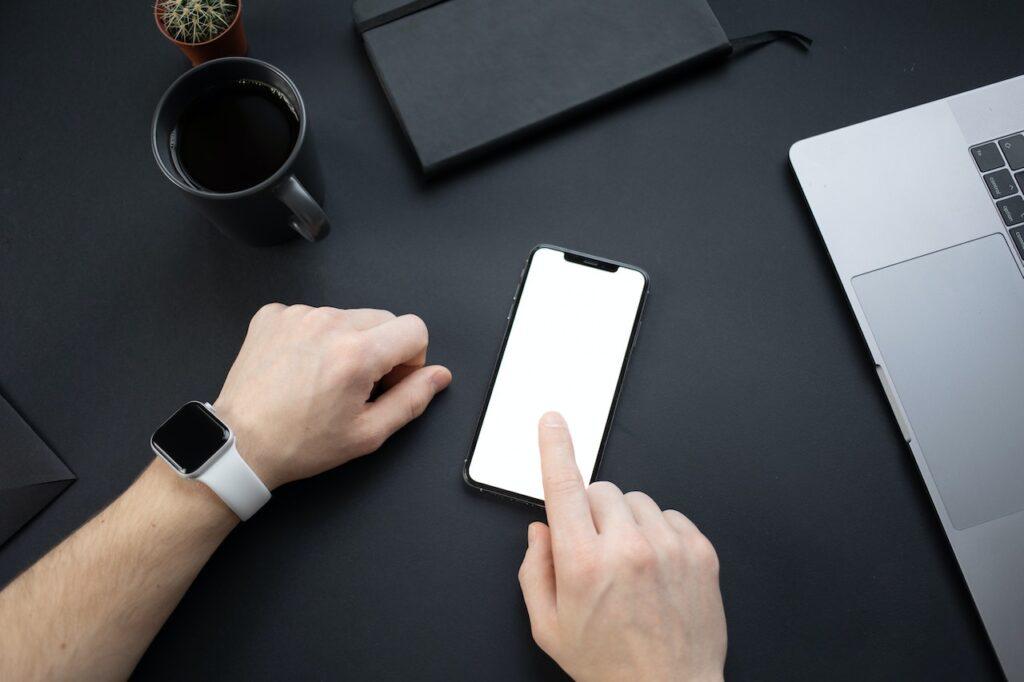How Do Smartwatches Measure Stress?
As you know, nowadays, smartwatches are on trend. Smartwatches are getting more and more modern with each passing day. Among other functions, fitness tracking has been one of the most valuable features so far, especially for those who are very conscious about their health.
By tracking your sleep and measuring your stress level and blood pressure, you can maintain your health. These functions are now available on the smartwatch. Although the accuracy of its measurement is debatable, it can give you an idea.
Before we get into how smartwatches measure stress, it’s important to define what stress is.
Contents
What Is Stress?
Stress is a feeling of mental or emotional strain caused by complex or demanding situations. It is a natural response to overwhelming or challenging circumstances, and its effects can range from mild to severe. Common sources of stress include work, relationships, financial problems, and health issues.
When we experience stress, our bodies respond by releasing hormones like adrenaline and cortisol. These hormones make us more alert and can help us cope with difficult situations. However, too much stress can impact our physical and mental well-being, leading to fatigue, anxiety, and depression. That’s why it’s important to recognize the signs of stress and take steps to manage it. This might involve talking to friends and family, exercising, or trying new hobbies. Learning how to manage stress can help us stay healthy and happy.
How Do Smartwatches Measure Stress?
The numerous kinds of smartwatches each have their own method of measuring how stressed you are. What is the common factor that connects all of these different methods, and how do smartwatches determine how stressed someone is? -through heart rate.
How stressed out someone is correlated to how fast their heart rate fluctuates. The devices are now so advanced, that they can even measure how stressed you are through your heart rate variability.
Heart rate variability (HRV) is how rapidly one’s heartbeat changes in a minute period of time. The more erratic or out of rhythm someone’s heart rate is, the more stressed they are. When your HRV is high, it indicates that your body is in a relaxed state; when it’s low, it suggests that your body is in a stressed state.
All these smartwatches have built-in sensors that are able to measure how fast someone’s heart beats, how irregular it may be, how long the intervals between heartbeats are, and how much oxygen they consume per minute.

Note: Different brands use different terms to describe how they determine how stressed the wearer is: Apple and Garmin call it “Relax and Recovery”, Fitbit calls it “Resting Heart Rate”, and Samsung “Heart Rate Intensity”.
Some Other Features That Can Address Stress
1) Smartwatches come with a built-in GPS system, which is able to track how fast someone travels. It can also track how long they’ve been moving. If someone hasn’t moved in a while and their heart rate is high, it’s possible that they’re stressed and sitting still.
2) When someone’s stressed, their body produces sweat. This can leave stains on the watch’s surface, or it can get on the face of the screen. The watch comes with sensors that work to detect how much sweat is present on the device. If there’s a lot of sweat, or it hasn’t been cleaned for a while, the device will ask if the user is feeling stressed and needs support.
3) Watches come with built-in microphones that are always on. They can pick up the sound of someone’s voice and how they sound when they speak. A stressed-out person usually speaks faster than normal, has a higher pitch to their voice, and may forget what it is that they’re trying to say. If the device senses that someone is stressed, it can alert them to how they’re feeling and help calm them down.
4) Smartwatches also come with tiny flashlights, which can be used to help people see in the dark. In the same way that light reflects off of objects in the room, it reflects off of your skin and reveals how much stress you’re under by how yellow your skin looks under the light. If someone is stressed, their skin will give off a reddish hue.
By combining all of these measurements, the watch can provide a comprehensive picture of your overall stress levels and help you manage them more effectively.
How To See Your Stress Score
To see your smartwatch stress score, you need to first install an app that measures your stress level. Depending on the type of smartwatch you have, there are a variety of apps available. After installing the app, you can start measuring your stress levels by enabling the app’s stress-tracking feature.
You can also manually enter additional factors like sleep, other activities, and nutrition to get a more accurate score. Each time you take a stress measurement, the app will record it and display your stress score on your smartwatch. You can also use the app to set goals and receive notifications when you reach them.
You can also view the stress score on your smartphone. To begin, connect your phone to your smartwatch via Bluetooth. Once connected, Open the app associated with your smartwatch on your phone. You can now view and personalize the features of the app on your phone.

Can You Totally Rely On Stress Levels Measured By Smartwatches?
Not entirely, some factors can’t be measured by the devices.
1) How stressed out you are may not always be reflected in your heart rate. For example, sometimes people can get so nervous that they don’t even realize their heart is racing.
2) The devices may also misread someone’s stress levels if they’re sick or have an injury. If someone has recently gotten stitches for a wound, the device may read them as more stressed than they really are.
3) A smartwatch can’t detect stress that comes from internal factors, like how worried or anxious someone may feel about something in their life.
4) There is no way to measure the emotion of anger through a smartwatch, which is one of the main ways that people become stressed by things that happen in their life.
5) The device doesn’t take into account how stressed someone is in certain situations, it just looks at how much they moved throughout the day.
6) The device isn’t always accurate when looking at someone’s resting heart rate, because it doesn’t take into account anything that happened before their watch was put on.
7) The measurements aren’t perfect, and sometimes slight movements can cause a spike in someone’s heart rate that is thought to be stress-related.
Overall, these devices can provide an idea of how stressed out someone might be, but they aren’t perfect either. If you have a serious condition, you should get medical advice.
Conclusion:
Now that we know how smartwatches measure stress. The ease of access to how stressed you are through a smartwatch is a helpful feature for anyone who wants to stay healthy. Smartwatches are a great way of knowing how stressed out you are, but they aren’t perfect. You can’t always rely on stress measurements alone to tell how stressed you are, but they act as a great starting point.